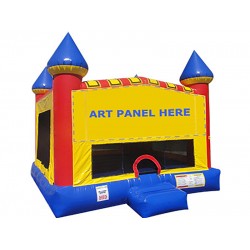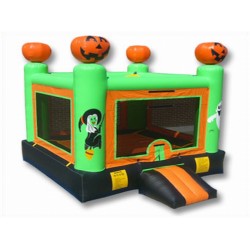What Legal Requirements Should You Consider When Renting a Jumping Castle in Australia?

Renting a jumping castle for your event in Australia can be an exciting way to entertain guests, especially children. However, before you proceed, it is essential to be aware of the legal requirements to ensure a safe and compliant experience. Here are some key considerations:
1. Compliance with Australian Safety Standards
Jumping castles must comply with the Australian Safety Standards, particularly AS 3533.4.1-2005, which outlines the safety requirements for amusement rides and devices. Ensure that the rental company provides equipment that meets these standards. This includes checking for:
- Proper anchoring and securing methods to prevent movement.
- Sufficient padding and soft landing zones.
- Inflation systems that are regularly maintained and checked for safety.
2. Public Liability Insurance
It is crucial that the rental company carries public liability insurance. This insurance covers potential accidents or injuries that may occur while using the jumping castle. As a renter, you should:
- Verify that the rental company has an active public liability insurance policy.
- Check the coverage amount to ensure it is adequate for your event size.
3. Council Permits and Approvals
Depending on the location of your event, you may need to obtain a permit from the local council. This is particularly important if you are setting up the jumping castle in a public space such as a park. Requirements may include:
- Submitting an application to the local council for approval.
- Ensuring the jumping castle does not obstruct public pathways or create safety hazards.
- Complying with noise regulations and other local ordinances.
4. Supervision and Operator Requirements
Australian law requires that jumping castles be supervised at all times to ensure the safety of users. This supervision can be provided by the rental company or by a trained operator. Key points include:
- Ensuring the operator is trained in safety protocols and emergency procedures.
- Maintaining appropriate adult-to-child ratios based on the number of users.
5. Weather and Environmental Considerations
In Australia, weather conditions can be unpredictable, and certain weather events may pose a risk to the safe operation of a jumping castle. Legal requirements may include:
- Ceasing operation in high winds, heavy rain, or extreme temperatures.
- Monitoring weather conditions and having a plan in place for sudden changes.
6. Rental Agreement and Terms
Finally, carefully review the rental agreement provided by the company. This document should outline the terms and conditions, including:
- Responsibilities for setup, operation, and takedown of the jumping castle.
- Liability for damages or injuries during the rental period.
- Any cancellation or rescheduling policies due to weather or other factors.
By understanding and adhering to these legal requirements, you can ensure that your event is both enjoyable and safe for all participants. Always work with a reputable rental company that prioritizes safety and compliance.




Leave a Comment